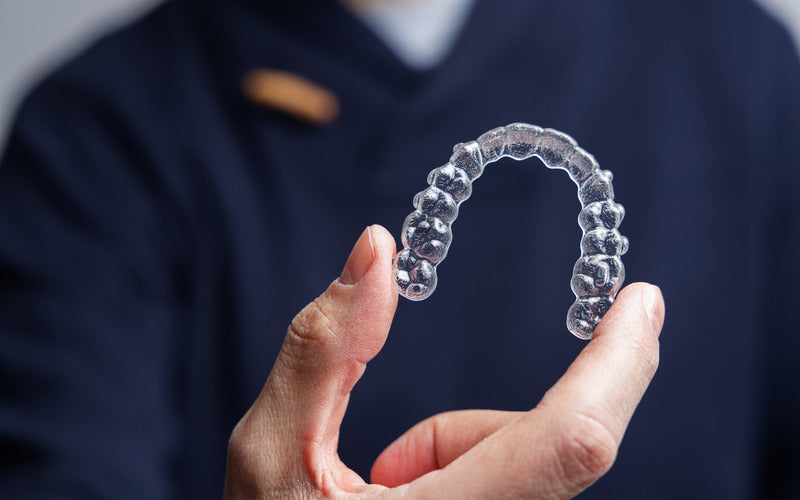Hassle-Free Back Pain Relief: Exploring Effective Spinal Decompression Techniques
Spinal decompression is a non-invasive treatment approach designed to alleviate back pain and discomfort caused by various spinal conditions. It involves gently stretching the spine to create space between the vertebrae, relieving pressure on compressed discs and nerves.
Related Topics (Sponsored Ads):
Spinal decompression can be an effective alternative to surgery for many individuals suffering from conditions such as herniated discs, degenerative disc disease, and sciatica. In this article, we will explore the top 10 spinal decompression treatments that offer relief and promote healing for those experiencing back pain.
Non-Surgical Spinal Decompression
Non-surgical spinal decompression is a widely used treatment for back pain that involves the use of a traction table or device. During the procedure, the patient lies on the table while a controlled pulling force is applied to the spine. This gentle stretching creates a negative pressure within the discs, allowing bulging or herniated discs to retract and promote the flow of nutrients and oxygen into the affected area. Non-surgical spinal decompression is non-invasive and typically requires several sessions for optimal results.

Inversion Therapy
Inversion therapy involves using an inversion table to suspend the body upside down or at an inverted angle. This helps to decompress the spine by reducing the pressure on the discs and nerve roots. Inversion therapy is an easy-to-use and cost-effective method that can provide relief for individuals with mild to moderate back pain. However, it may not be suitable for those with certain medical conditions, such as high blood pressure or glaucoma.
Manual Spinal Decompression
Manual spinal decompression, also known as chiropractic adjustments or spinal manipulation, is performed by licensed chiropractors or osteopathic physicians. Through hands-on techniques, they gently manipulate the spine to realign the vertebrae and reduce pressure on compressed nerves. Manual spinal decompression is particularly beneficial for conditions such as subluxations and joint misalignments.
Mechanical Traction Devices
Mechanical traction devices are specialized machines that provide controlled stretching to the spine. These devices can be used in various settings, including chiropractic clinics and physical therapy centers. The stretching force applied through mechanical traction helps to relieve pressure on the discs and nerves, providing pain relief for individuals suffering from conditions like sciatica and spinal stenosis.
Intersegmental Traction
Intersegmental traction involves the use of a specially designed traction table that employs rolling action to gently stretch and mobilize the spine. This treatment is particularly effective in improving spinal flexibility and promoting better alignment. Intersegmental traction is commonly used in chiropractic care to enhance the effectiveness of other spinal decompression treatments.
Decompression Exercise
Decompression exercises are specifically designed to stretch and strengthen the muscles that support the spine. These exercises can be performed under the guidance of a physical therapist or in a supervised rehabilitation program. Decompression exercises help stabilize the spine, reducing the risk of re-injury and promoting long-term relief from back pain.
Yoga and Pilates
Yoga and Pilates are low-impact exercise systems that focus on strengthening the core muscles, improving flexibility, and enhancing posture. These practices can help decompress the spine by relieving pressure on the discs and promoting spinal alignment. Yoga and Pilates are suitable for individuals of all fitness levels and can be tailored to meet specific back pain needs.
Massage Therapy
Massage therapy is a popular complementary treatment for back pain that can help alleviate muscle tension, reduce inflammation, and promote relaxation. Specific massage techniques, such as myofascial release and deep tissue massage, can target areas of the spine affected by compression, providing relief and improving overall spinal health.
Acupuncture
Acupuncture is an ancient Chinese practice that involves inserting thin needles into specific points on the body to restore the flow of energy. For back pain relief, acupuncture can target areas along the spine to reduce muscle tension and improve circulation. Many individuals find acupuncture to be a soothing and effective treatment option for spinal decompression.
Electrical Stimulation Therapy
Electrical stimulation therapy, also known as transcutaneous electrical nerve stimulation (TENS), uses low-voltage electrical currents to stimulate the nerves and reduce pain. TENS units are portable devices that can be used at home to manage chronic back pain. This therapy is particularly helpful in providing relief from nerve-related pain caused by conditions like sciatica.
Conclusion
Spinal decompression treatments offer a diverse range of options to help individuals find relief from back pain and related spinal conditions. Whether through non-surgical spinal decompression, inversion therapy, manual manipulation, or other methods like decompression exercises and acupuncture, there is a suitable approach for every individual. It is essential to work with qualified healthcare professionals, such as chiropractors, physical therapists, or osteopathic physicians, to develop a personalized treatment plan based on the specific needs and conditions of the patient. With the right approach, spinal decompression treatments can significantly improve quality of life, alleviate pain, and restore mobility for those suffering from back pain.




